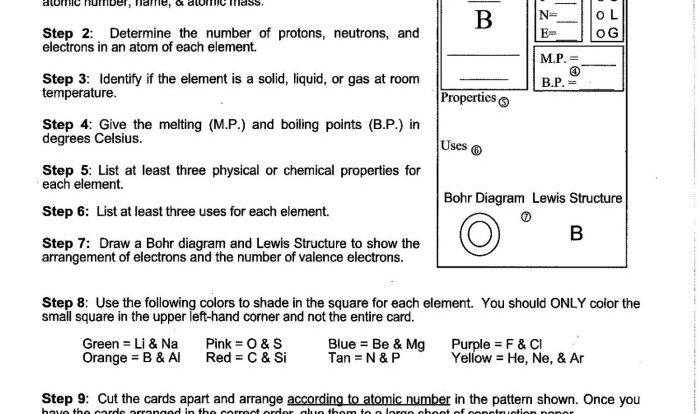Introducing the ‘Mole to Mass Conversion Worksheet,’ an indispensable tool for students and practitioners seeking to enhance their understanding of chemistry’s fundamental principles. This worksheet provides a structured and engaging platform to grasp the intricacies of mole and mass conversions, empowering individuals to navigate chemical calculations with confidence.
Within this meticulously crafted worksheet, learners will delve into the concept of moles, molar mass, and their interconnected relationship. Through a series of well-designed examples and practice exercises, this resource effectively guides individuals through the conversion process, ensuring a thorough comprehension of this crucial aspect of chemistry.
Mole to Mass Conversion: Mole To Mass Conversion Worksheet
Mole to mass conversion worksheets provide a structured and guided approach to converting the number of moles of a substance to its mass, or vice versa. Understanding this conversion is crucial in chemistry as it allows for accurate determination of quantities and precise calculations in various experiments and applications.
The concept of moles and mass is fundamental in chemistry. A mole represents a specific quantity of a substance, defined as 6.022 x 10 23entities (atoms, molecules, ions, or formula units), known as Avogadro’s number. Mass, on the other hand, measures the amount of matter in a substance and is typically expressed in grams (g).
Key Concepts
The formula for converting moles to mass is:
mass = moles x molar mass
Molar mass, denoted by the symbol M, is a property of a substance that represents the mass of one mole of that substance. It is expressed in grams per mole (g/mol) and is unique for each compound.
To calculate the molar mass of a compound, we add up the atomic masses of all the atoms in its molecular formula. For example, the molar mass of sodium chloride (NaCl) is:
M(NaCl) = M(Na) + M(Cl) = 22.99 g/mol + 35.45 g/mol = 58.44 g/mol
Worksheet Structure, Mole to mass conversion worksheet
Mole to mass conversion worksheets typically consist of the following sections:
- Problem-solving section:Provides a series of problems involving mole to mass conversions.
- Answer section:Offers the correct answers to the problems, allowing students to check their work.
A sample worksheet may include the following problems:
- Convert 2.5 moles of carbon dioxide (CO2) to grams.
- Calculate the mass of 0.75 moles of magnesium oxide (MgO).
Examples and Methods
The following table provides examples of mole to mass conversions:
| Moles | Molar Mass (g/mol) | Mass (g) |
|---|---|---|
| 1.5 | 32.07 | 48.105 |
| 0.25 | 58.44 | 14.61 |
| 4.0 | 18.02 | 72.08 |
To solve mole to mass conversion problems, follow these steps:
- Identify the given number of moles.
- Determine the molar mass of the substance using the periodic table or reference materials.
- Multiply the number of moles by the molar mass to obtain the mass in grams.
Practice Exercises
Complete the following practice exercises:
- Convert 3.2 moles of sodium chloride (NaCl) to grams.
- Calculate the mass of 0.5 moles of glucose (C 6H 12O 6).
- A sample of calcium carbonate (CaCO 3) weighs 25.0 g. How many moles of calcium carbonate are present in the sample?
Applications
Mole to mass conversions find practical applications in various fields of chemistry:
- Laboratory experiments:To accurately weigh and measure reactants and products in chemical reactions.
- Industrial processes:To determine the mass of raw materials and products in chemical manufacturing.
- Environmental chemistry:To calculate the mass of pollutants in environmental samples.
Answers to Common Questions
What is the purpose of a mole to mass conversion worksheet?
A mole to mass conversion worksheet provides a structured framework for understanding and practicing the conversion between the number of moles of a substance and its mass.
What is molar mass?
Molar mass refers to the mass of one mole of a substance, expressed in grams per mole (g/mol).
How can I use this worksheet to convert moles to mass?
The worksheet includes step-by-step instructions and examples to guide you through the conversion process, using the formula: mass = moles x molar mass.
